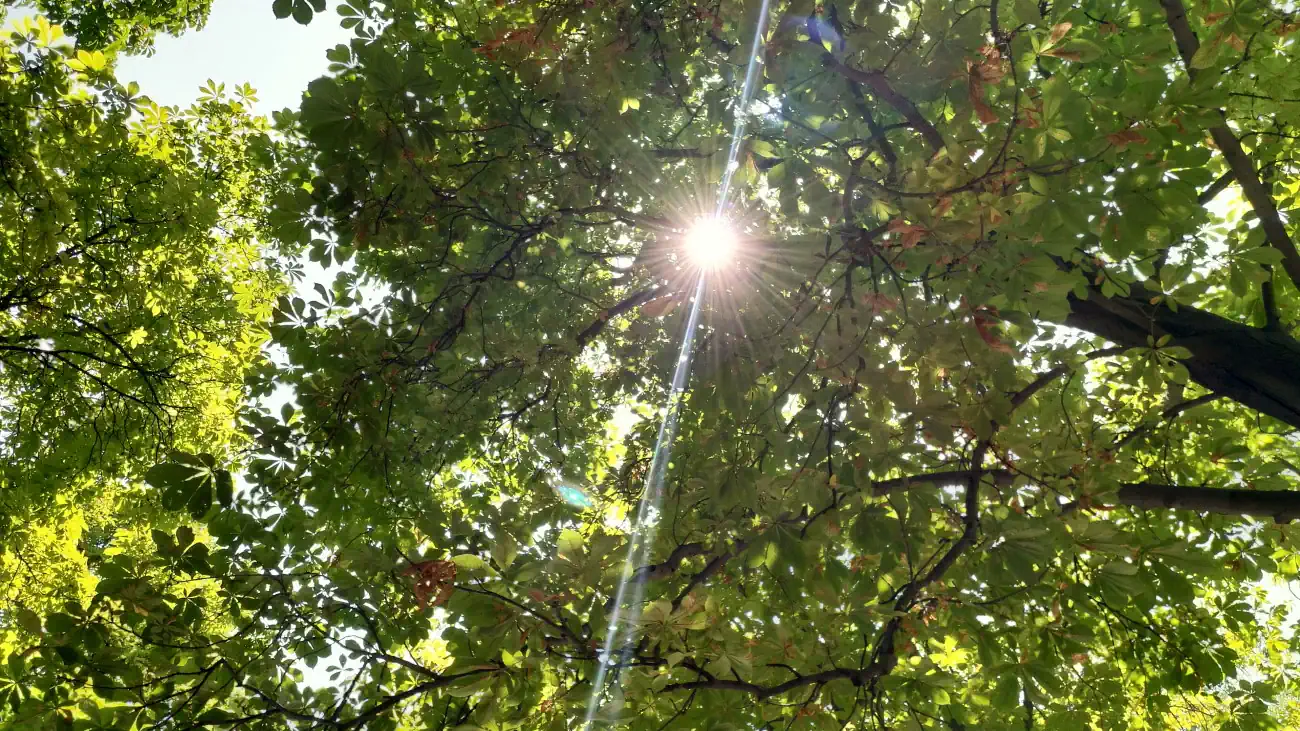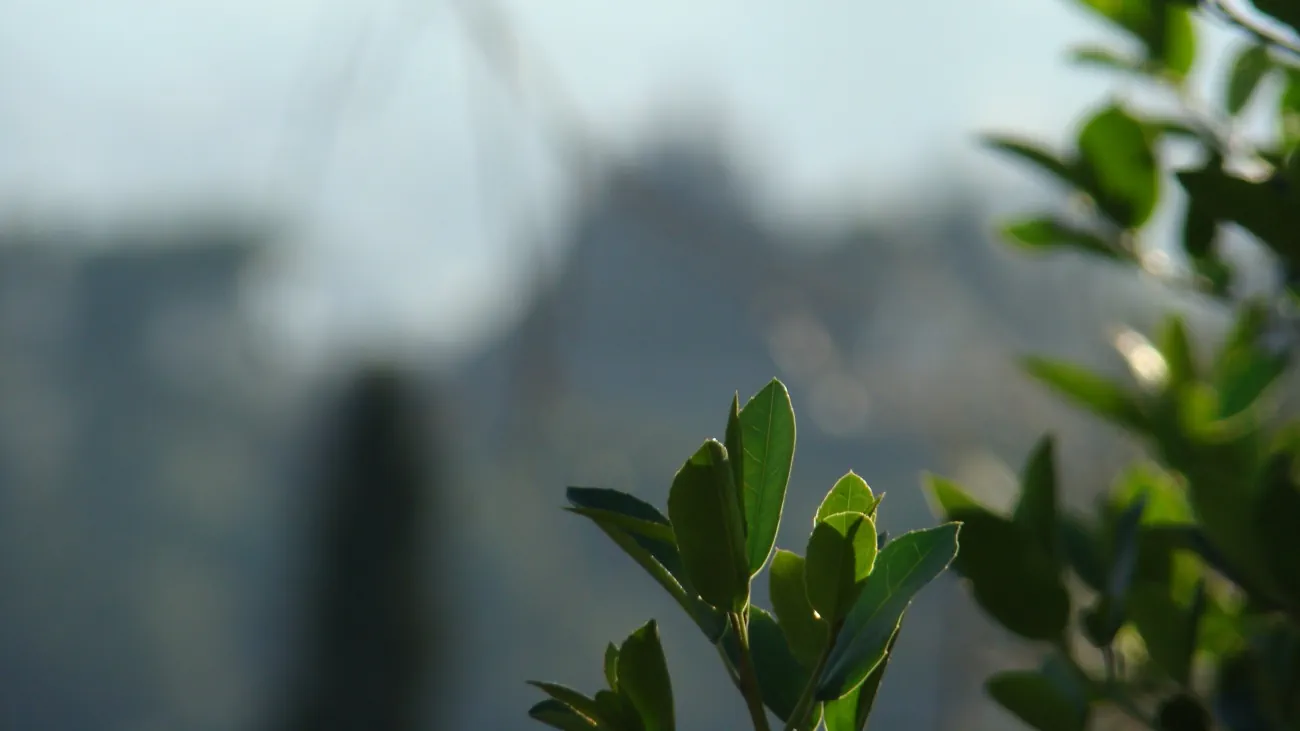What is green culture?
Basically with this slogan it is intended to involve people to be part of a paradigm shift in the way of living, communicating, consuming, eating, and working, based on basic principles that are sometimes difficult to combine. “Achieving a sustainable life should be the goal of humanity.”
- Caring for the earth: The responsible use and manipulation of the natural bases of life.
- Caring for people: The social component takes into account the rights of all people, peoples and communities, to decide on their lives.
- Equitable distribution: This economic component also has to integrate the limited tolerance and regenerative capacity of the environment and planet Earth.
- Soil management: Unhealthy soil management methods have severely degraded soil quality, polluted it and increased erosion.
- Energy management: An important point in the search for sustainable development is the efficient use of energy sources, for which it is essential to guarantee the sustainable use of available resources.
- Local development: it is currently the key support element for comprehensive development and social cohesion.
Permaculture

System of agricultural and social design principles based on simulating or directly utilizing the patterns and features observed in natural ecosystems. The term permaculture was developed by Bill Mollison and David Holmgren in 1978.
The word permaculture originally referred to as “permanent agriculture”, but was expanded to stand for “permanent culture”, as it was understood that social aspects were integral to a truly sustainable system as inspired by Masanobu Fukuoka’s natural farming philosophy.
Permaculture has many branches that include, construction, ecological design, ecological engineering and environmental design. Permaculture also includes integrated water resources management that develops sustainable architecture, and regenerative and self-maintained habitat and agricultural systems modeled from natural ecosystems.
Natural building

Ways of achieving sustainability through natural building focus on durability and the use of minimally processed, plentiful or renewable resources, as well as those that, while recycled or salvaged, produce healthy living environments and maintain indoor air quality.
Natural building tends to rely on human labor, on local ecology, geology and climate; on the character of the particular building site, and on the needs and personalities of the builders and users.
The basis of natural building is the need to lessen the environmental impact of buildings and other supporting systems, without sacrificing comfort or health. To be more sustainable, natural building uses primarily abundantly available, renewable, reused or recycled materials. Builders and homeowners are increasingly focusing on using renewable materials.
In your hands…
Having understood the previous definitions, I can only add that, as far as possible, the “human being has the right to know and to be able to build his house with his hands”. Also, “he has the right not to depend on external services for the subsistence”. (Another thing is to decide otherwise). It may seem impossible a priori, but let me tell you that more and more people want to live differently. For this purpose I’m available to contribute my knowledge in construction, construction systems and permaculture so that you can achieve it.
I focus on
- Solar Energy. Heating and cooling.
- Permaculture design.
- Energy self-sufficiency.
- Mental self-sufficiency.
- Economical self-sufficiency.
- Self-sufficient construction system.
